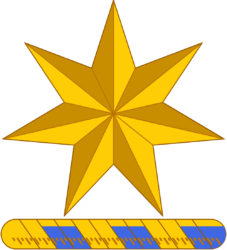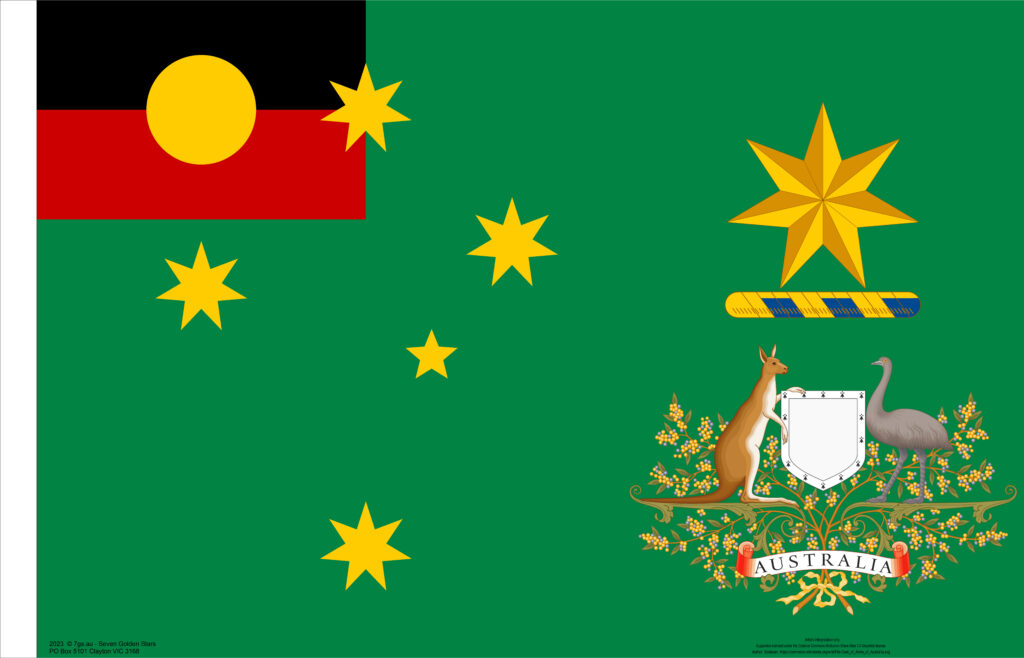Here’s a summarized version of the proposed model for an Australian republic:
- Single Head of State: One person will serve as the head of state for all of Australia, unifying the Federation and reflecting the personal unity of the divisible Crowns of Australia.
- Monarch Replacement: Replace the monarch with an elected Australian head of state while retaining the existing constitutional framework.
- Values-Based Model: The new head of state represents Australian values of democracy, rule of law, service, fairness, and more, reflecting the nation’s highest ideals.
- Term and Representation: The elected Australian head of state will serve a fixed term, with existing vice-regal representatives retained to represent the new head of state.
- Reserve Powers Justification: Maintain reserve powers of the Governor-General and State Governors to preserve the separation of powers in a republic and prevent deadlock situations.
- Election Process: Head of state elections will take place within each State and within the Territories for the Commonwealth in a round-robin fashion, alternating between the seven divisible Crowns of Australia.
- Compulsory or Voluntary Voting: Voting for the head of state may be compulsory or voluntary (to be decided). The candidate with the most votes, using a first-past-the-post system, will win the election.
- Term and Gender: The elected head of state’s term will be one year, alternating genders each term, beginning and ending on September 3rd.
- Transition Period: The first elected Australian head of state, titled “Australian of the Year,” is targeted for September 3rd, 2032, commemorating the independence of the Commonwealth from the British Crown on September 3rd, 1939.
- Deputy Roles: The elected head of state will serve as a deputy for six months before and after their term, ensuring a smooth transition.
- Two-Year Service: Each elected head of state will serve for two years, with a shared duty arrangement, combining periods as a deputy and the head of state.
- Gender Diversity: Both genders will be represented in the head of state and deputy roles at all times.
- Role Constraints: The “Australian of the Year” head of state role is ceremonial, adhering to conventions and refraining from political involvement. The elected head of state cannot exercise reserve powers.
- Replacement Mechanism: In case of misadventure or impeachment, the Governor-General or respective Governors will act as replacements.
- Misconduct and Removal: Processes for removing an elected head of state due to misconduct will be established.
In essence, this proposed model outlines the transformation from a constitutional monarchy to a republic by electing an Australian head of state while preserving key aspects of the existing constitutional structure.


